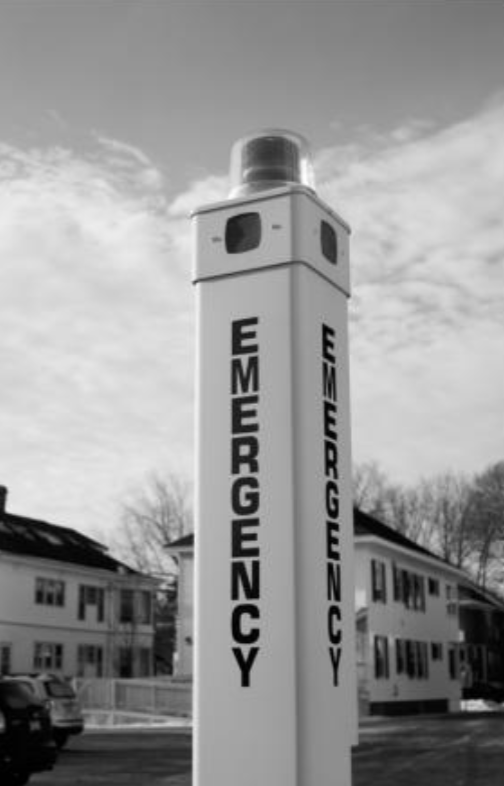Sarah O’Connor, Staff Writer
On Jan. 13 in Hawaii, an Emergency Management Agency employee sent a false alert regarding an incoming ballistic missile from North Korea, according to Time’s Abigail Abrams. The message read, “BALLISTIC MISSILE THREAT INBOUND TO HAWAII. SEEK IMMEDIATE SHELTER. THIS IS NOT A DRILL.” This alert was sent to every person in Hawaii. In light of this recent event, USM Public Safety is in the spotlight for emergency situation protocols for missiles, school shootings and natural disasters.
Chief Ronald Saindon, Interim Director of Public Safety, urges both faculty and students to sign up for the E2Campus Alerts. Students can also familiarize themselves with the information on the USM Public Safety Emergency Info section on their website. The emergency info section explains who to call, directions of what to do, specifics on school shooter protocols and information on reporting a crime or suspicious activity anonymously.
Signing up for the E2Campus Alerts is not only important to get quick information, but it also provides directions of what students can do in case of an emergency.
“If an emergency unfolds that involves a threat to the faculty, staff or students of USM, a text and email will be sent to those who have signed up… to inform them of the emergency and the immediate action to take,” Saindon said.
Questions about an active school shooter is common, Saindon added. Not only is there specific information about how to handle the situation on their website, they have also placed posters throughout the three campuses in reference to an active shooter scenario.
“We have found it is very important to put this information not only on the website, but also where people can see it on a continual basis,” Saindon said. “The hope is the more they look at it, the more they will remember it if an active shooter scenario unfolds on campus… then students can follow the directions of the text or email the Public Safety sends out.”
The main directions that the active school shooter protocol follows is flee, hide or fight. Fleeing means safely escaping the campus and finding a safe place. Hiding is finding a room, closing and locking the door and barricading it if possible, especially if the whereabouts of the shooter is unknown. It is also important to silence cell phones and other devices. Lastly, fighting involves coming face to face with the assailant with imminent threat to life, where it is an option to incapacitate the shooter any way possible.
“Each emergency is unique,” Chief Saindon said. “They do not fall neatly into one type of situation that you can plan for.”
The Public Safety Department prepares themselves for all types of emergency situations throughout the year. Chief Saindon explained that, “ongoing training for USM staff happens through drills, table top exercises, conferences and other training techniques.”
Every officer employed by Public Safety is trained by the State of Maine Police Academy, and they have help from outside agencies including the Gorham and Portland Police Departments. USM has many services and groups in contact to help handle emergency situations, including the local police departments, the office of Environmental Health & Safety, and the Department of Facilities Management. Additionally, the Emergency Response Team, a nationwide group, has trained personnel in the area to deal with emergencies, and they follow the National Incident Command System (NIMS) under the Federal Emergency Management Agency (FEMA).
“NIMS provides a common nationwide approach to enable the whole community to work together to manage all threats and hazards,” Chief Saindon said. “NIMS applies to all incidents, regardless of cause, size, location or complexity.”
Business Insider ranks the most established emergency protocols at universities including Harvard, Corban University and Boston University. The success of these university emergency protocols is measured by clarity, timeliness and preparedness. USM’s Public Safety Department shows evidence of all three with a clear website, up-to-date phone and email alerts and consistent officer training.

